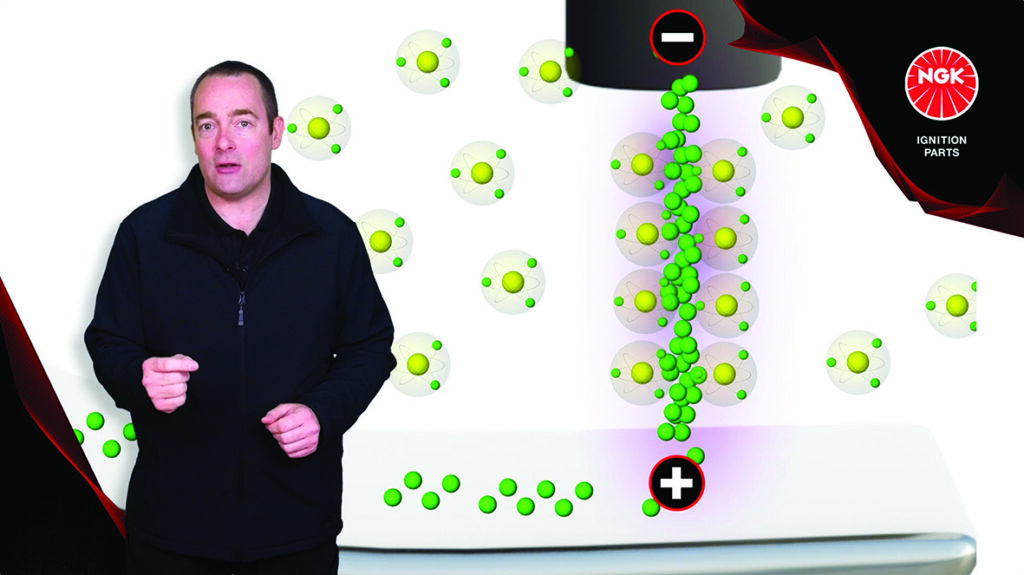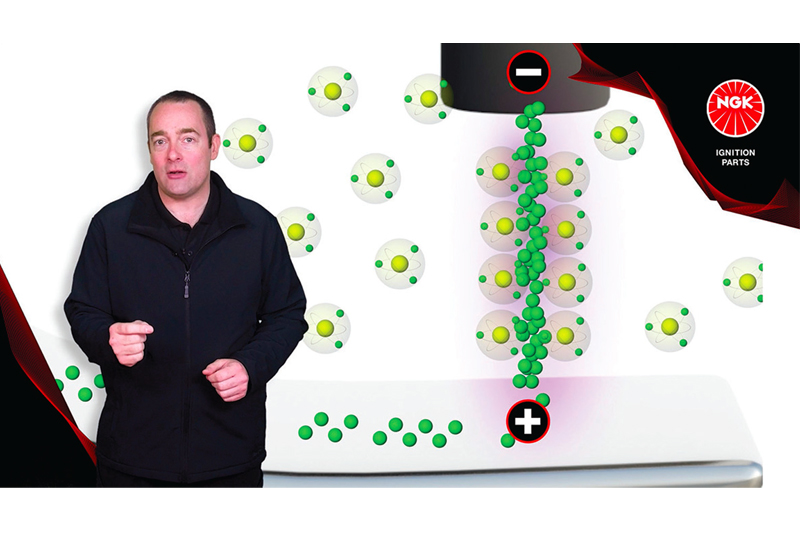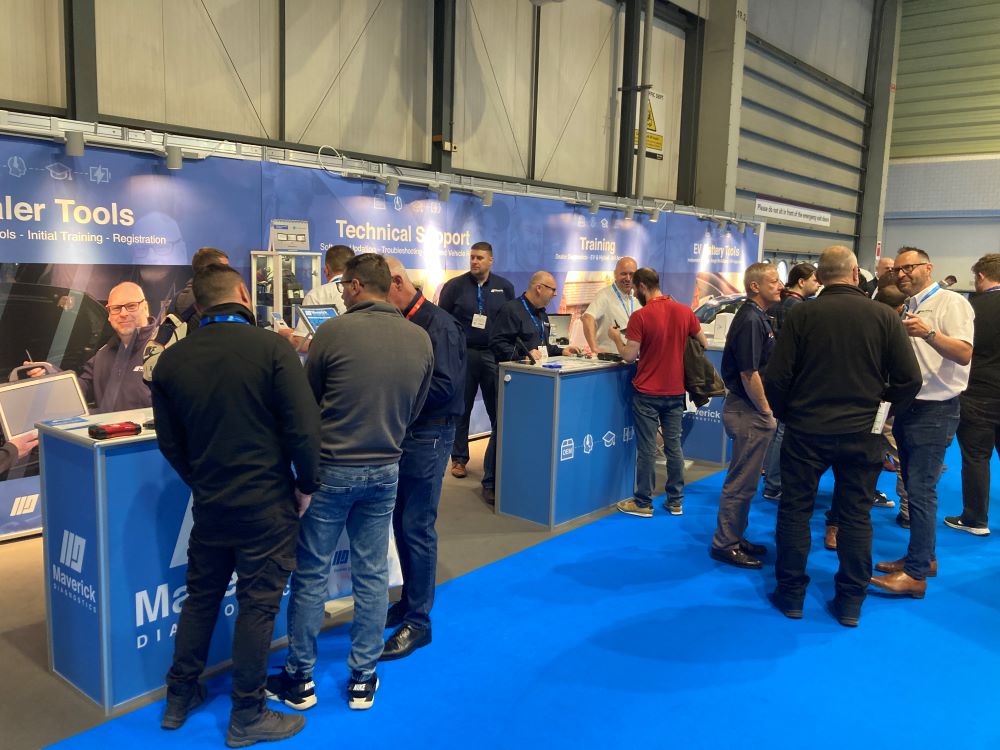The world’s leading ignition and sensor specialist’s new ‘N-FOREST’ building marks an important step in the company’s conversion of its business portfolio towards environmentally sustainable directions, which was set out in the 2030 Long-Term Management Plan, ‘NITTOKU BX’.
The new ‘N-FOREST’ building symbolises the transformation which the company is currently undergoing and serves as a focal point for promoting its change, digital transformation, new work styles and innovation with a variety of different facilities and systems.
With the company goal of achieving carbon neutrality by 2050, the ‘N-FOREST’ building is making an impressive contribution towards this target. It features a solar power generation system as well as a power generation system built by Hitachi Zosen Corporation. The latter uses solid oxide fuel cells (SOFC), which are supplied by Morimura SOFC Technology Co., Ltd. SOFC is an electrochemical conversion technology that produces electricity directly from oxidising a fuel. Indeed, this technology will provide even further benefits in the future when carbon-free hydrogen can be used as fuel.
The five-storey N-FOREST covers approximately 3070m2 and includes a showroom that focuses on the company’s past and future. Based on the concept of ‘Forest of Possibilities’, it will utilise the experience and expertise gained over NGK’s 80 years of success and channel it in a variety of new directions that will contribute to a sustainable society.
NGK Spark Plugs (UK) Ltd Managing Director Marko Wowczyna said: “Our new N-FOREST office building perfectly sums up the exciting direction which our company is going in.
“The building offers a snapshot of our transformation where our stakeholders will be able to interact so that we can lead the way towards the achievement of a sustainable society.”
The new office building aims to act as a community space for local people and includes a cafe as well as a variety of conference rooms which will also be used by the local community.
They contain hot desking working stations that are installed with a range of different seats that satisfy a variety of preferences, along with standard desks and chairs. Their design has been based on feedback from employees, with the goal of creating an environment that helps the conceiving of innovative ideas.





















